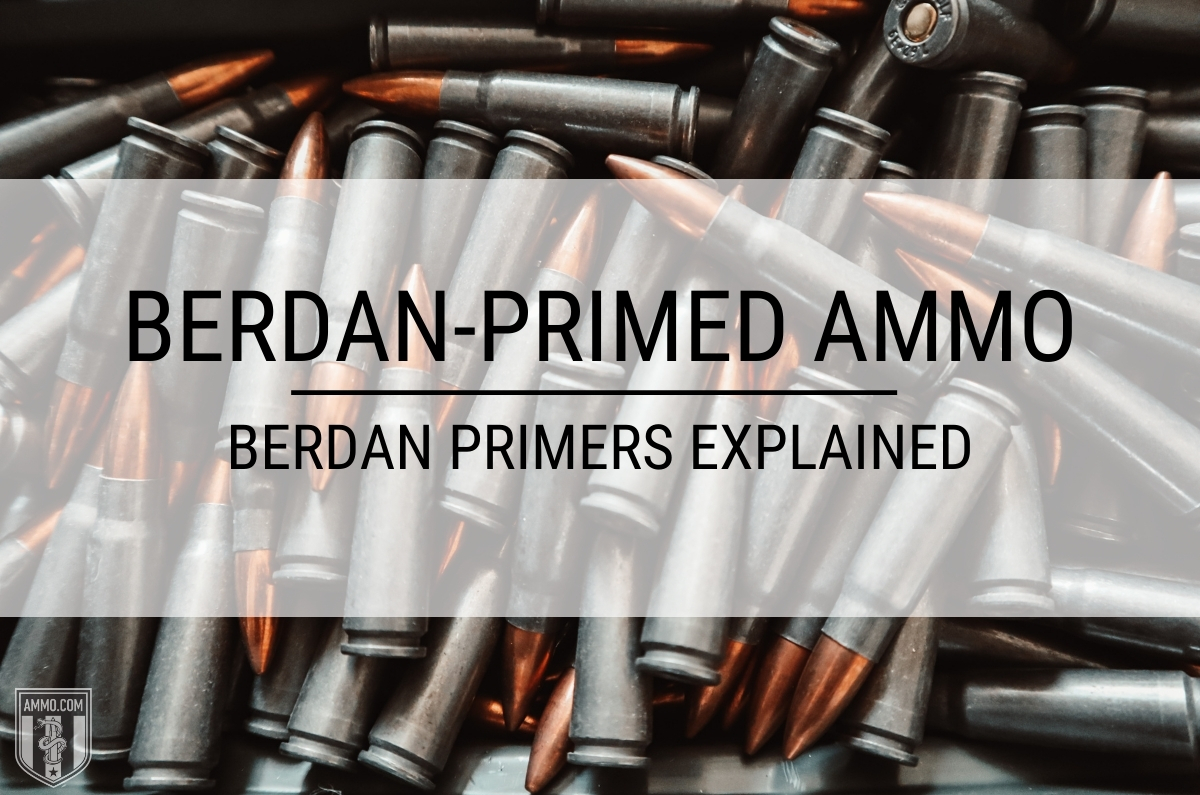Things about Primers For Sale
Table of ContentsSome Known Factual Statements About Primers In Stock Primers For Sale for DummiesLittle Known Questions About Small Pistol Primers.Small Pistol Primers Can Be Fun For EveryoneExamine This Report about Remington Primers
Component of the firearm cartridge for initiating propellant burning In firearms and artillery, the primer () is the chemical and/or tool in charge of launching the propellant combustion that will certainly push the projectiles out of the gun barrel. In early black powder weapons such as muzzleloaders, the guide was basically the same chemical as the major propellant (albeit normally in a finer-powdered form), yet poured right into an outside flash frying pan, where it can be sparked by an ignition resource such as a sluggish suit or a flintlock though some muzzleloaders have primers like cap gun caps. pistol primers.
In artillery the guides are regularly a different part, positioned inside the barrel to the back of the primary propellant chargebut there are other examples of guns, consisting of for example some automatic tools, created to shoot cartridges with essential electric primers.
Winchester Primers Fundamentals Explained
This opening was full of carefully ground powder, which was then stired up with a hot cinder or lantern. With the arrival of hand-held firearms, this ended up being an unfavorable means of firing a weapon. Holding a burning stick while attempting to put a charge of black powder carefully down a barrel is hazardous, and attempting to hold the gun with one hand while at the same time intending at the target and trying to find the touchhole makes it very difficult to fire precisely. [] The first attempt to make the process of firing a tiny arm easier was the "matchlock".
, and dried. After the weapon was packed and also the touchhole keyed with powder, the burning suggestion of the match was positioned so that the lock would bring it right into contact with the touchhole.
Small Pistol Primers Fundamentals Explained
This brought the match to the touchhole, stiring up the powder. With cautious interest, the slow-burning match could be kept melting for extended periods of time, and also the usage of the lock device made rather precise fire possible. The following transformation in ignition modern technology was the "wheel-lock". It made use of a spring-loaded, serrated wheel which rubbed against a piece of iron pyrite, comparable to a contemporary lighter.

The covered flashpan likewise gave some ability to stand up to poor weather condition. federal primers. Wind, rain, as well as damp climate would render a matchlock pointless, but a wheel-lock that was packed and also waterproofed with a little bit of grease around the flashpan could be fired under a lot of conditions. The wheel-lock taken pleasure in only a brief period of popularity before being superseded by a simpler, much more durable design.
Not known Incorrect Statements About Federal Primers
The flint was held in a spring-loaded arm, called the "cock" from the resemblance of its motion to a pecking chicken. The dick revolved through around a 90-degree arc as well as was held in the tensioned, or "cocked" placement by a trigger.
The "half-cock" setting held the dick halfway back, and also made use of a deep notch so that pulling the trigger would certainly not launch the cock. Half-cock was a safety position, utilized when loading, keeping or carrying a loaded flintlock. The "full-cock" placement held the dick check these guys out right back and was the setting from which the weapon was fired.
It functioned as both a flashpan cover and a steel striking surface for the flint. The frizzen was pivoted as well as spring-loaded so that it would lock in the open or closed position. When shut, the striking surface was positioned to ensure that the flint would strike at the correct angle to create a trigger.
Indicators on Primers For Sale You Should Know
The flintlock device was simpler and also stronger than the wheel-lock, and also the flint and steel supplied an excellent, reliable resource of ignition. The flintlock remained in armed forces service for over 200 years, as well as flintlocks are still made today for historic re-enactments and also muzzle-loading target competition, and for seekers who appreciate the additional obstacle that the flintlock gives.
Percussion ignition was invented by Scottish clergyman Rev. Alexander John Forsyth in 1807 yet needed additionally improvements prior to it was slowly accepted in the 1820s to 1830s. By the center of the 19th century, the percussion or caplock system was well developed. It was taken on by both sides in the American Civil Battle, as it was simpler and much more dependable than the flintlock.
The flashpan and also frizzen were eliminated and also changed by a little, hollow horizontal cyndrical tube (drum) screwed right into the bored-out and also tapped flash hole as well as bring a "nipple" over which the cap might be fitted. A "hammer" which likewise had half-cock (for filling and also applying the cap) as well as full-cock placements replaced the penis.